In 2019, Tesla unveiled the Cybertruck, an electric pickup truck that sent shockwaves through the automotive industry. Its sharp angles, cold-rolled stainless steel exoskeleton, and futuristic design challenged traditional truck aesthetics. But is the Cybertruck just a head-turning oddity, or is it a revolutionary force poised to become the ultimate electric pickup? Opinions are divided. This article dives deep into the Cybertruck’s features, specs, and capabilities to weigh the evidence and answer the question: is this Tesla the undisputed king of electric trucks? We’ll explore its performance, utility, and unique features, comparing it to competitors to determine if it truly lives up to the hype. So, join us as we dissect the Cybertruck to see if it reigns supreme in the electric pickup arena.
Performance
The Tesla Cybertruck boasts impressive performance specifications, particularly in terms of acceleration and towing capacity. The top-end tri-motor Cybertruck model can accelerate from 0-60 mph in just 2.6 seconds, making it one of the quickest pickup trucks on the market. Its all-wheel-drive system and up to 1,000 lb-ft of torque also give it exceptional towing capabilities, with a maximum towing capacity of 11,000 lbs.
However, the Cybertruck’s driving range is more of a mixed bag. The dual-motor model is estimated to have a range of 340 miles, which is respectable but falls short of the 400+ mile ranges offered by the Ford F-150 Lightning and Rivian R1T. Real-world testing has also shown the Cybertruck’s range to be lower than advertised, with one independent test achieving just 254 miles at 70 mph. The range can be further impacted by factors like towing and cold weather conditions.
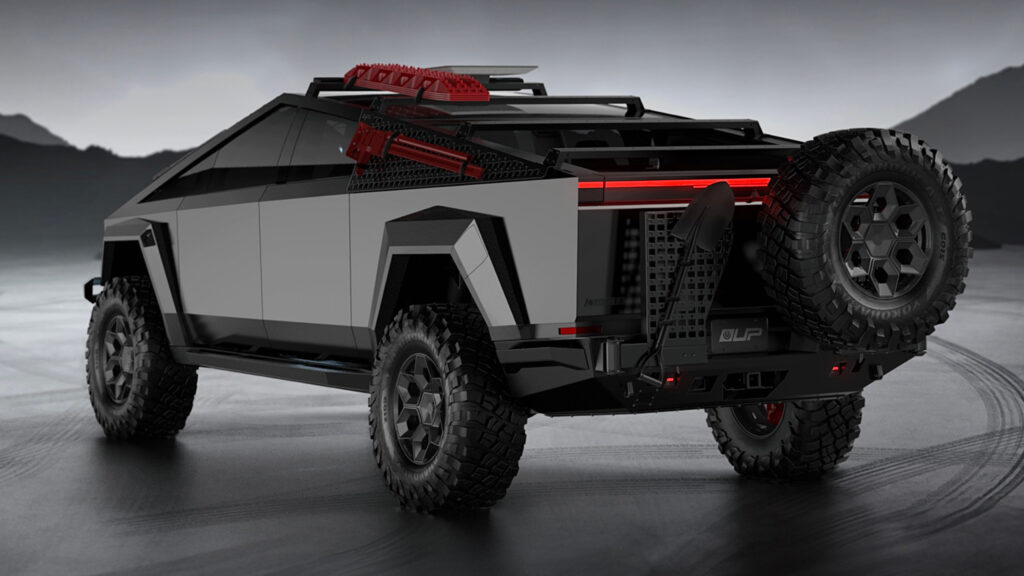
Compared to other leading electric pickups, the Cybertruck excels in acceleration and towing but lags behind in driving range, especially for long-distance hauling or towing applications. Prospective buyers will need to carefully consider their usage needs and whether the Cybertruck’s range meets their requirements. The availability of a $16,000 range extender option may help address this, but it adds significant cost and complexity.
Key Features
Exoskeleton Design
The Cybertruck features an exoskeleton design, where the exterior body panels are an integral part of the vehicle’s structural support. This allows for a simpler, lighter, and more durable construction compared to traditional body-on-frame designs. The exoskeleton also provides enhanced crash resistance and allows components to be directly attached to the exterior panels.
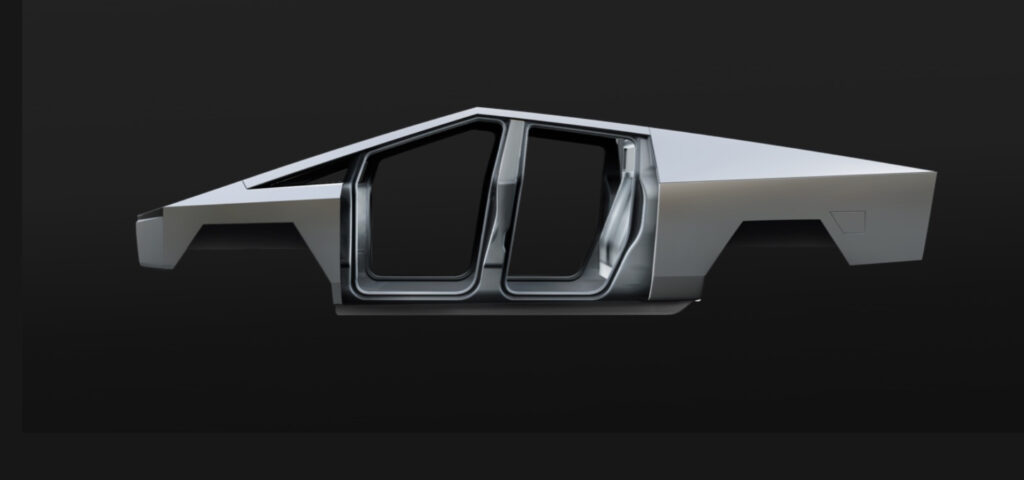
This innovative approach benefits the driver/owner by offering increased durability and potentially better protection in the event of a collision. The lighter construction may also contribute to improved efficiency and performance. However, it’s worth noting that this unique design has faced some challenges in meeting traditional safety standards, and its long-term durability in real-world conditions remains to be seen.
Self-Driving Capabilities
The Cybertruck comes equipped with Tesla’s advanced Autopilot system, offering a range of driver assistance features for enhanced safety and convenience. While full self-driving capabilities are not yet available, the Cybertruck is designed to be compatible with future autonomous driving technologies.
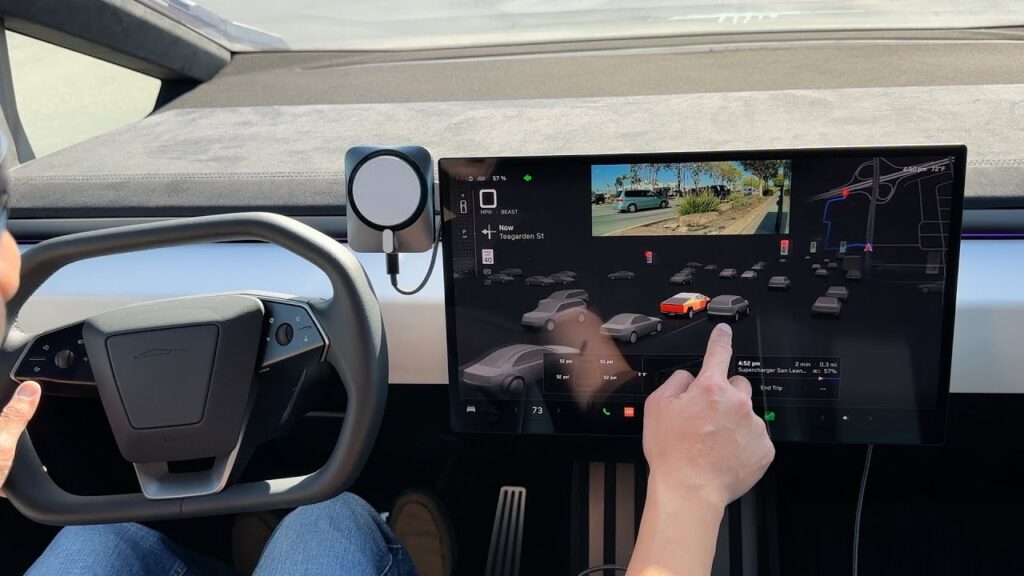
These features benefit drivers by reducing fatigue on long trips, improving safety through advanced collision avoidance systems, and potentially offering fully autonomous operation in the future. However, it’s important to note that as of now, the Cybertruck’s self-driving capabilities are not significantly different from those offered by other Tesla models or some competing electric vehicles.
Cargo Capacity
The Cybertruck offers a spacious cargo bed with a length of 6.5 feet and a width of 4 feet between the wheel wells. Its innovative exoskeleton design allows for a more efficient use of space compared to traditional pickup trucks. The Cybertruck can also tow up to 14,000 lbs, making it suitable for hauling heavy loads.
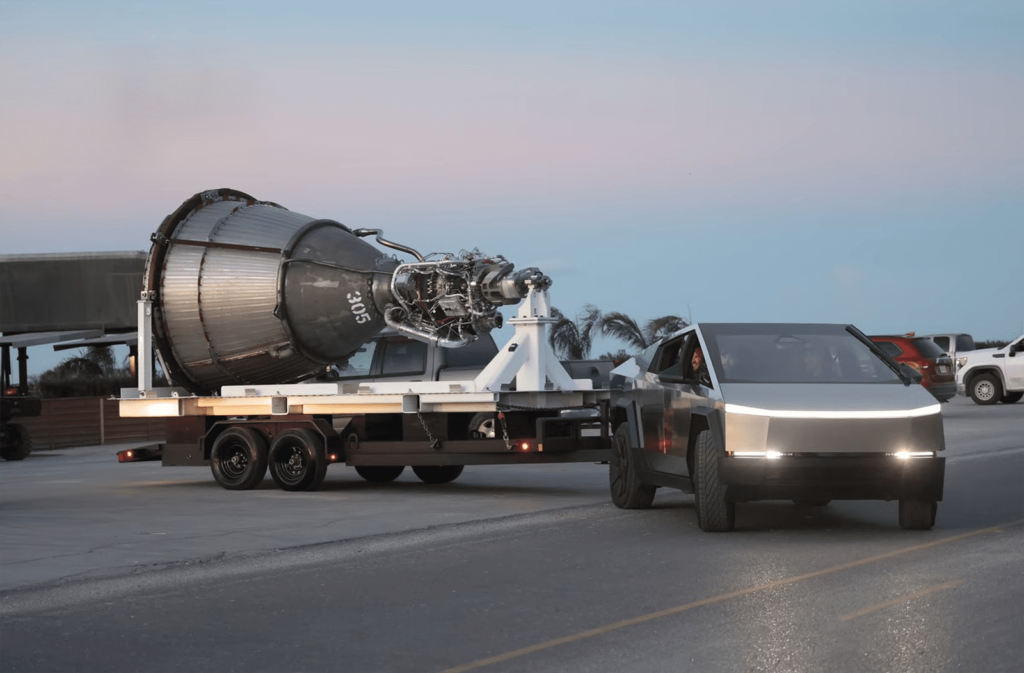
This generous cargo capacity benefits owners who need to transport large items or heavy loads, making the Cybertruck versatile for both work and leisure activities. The efficient use of space could provide an advantage over some traditional pickup designs.
Innovative Features
One of the most innovative features of the Cybertruck is its unconventional design and construction method. The exoskeleton approach is unique among pickup trucks and represents a significant departure from traditional automotive design. Another standout feature is the Cybertruck’s ultra-hard 30X cold-rolled stainless steel body. This material is claimed to be more durable and resistant to dents and damage than conventional automotive materials. While this offers potential benefits in terms of longevity and maintenance, it also presents challenges in manufacturing and repair.
The Cybertruck also features an adaptive air suspension system that can raise or lower the vehicle by up to four inches, providing improved ground clearance for off-road use or better aerodynamics for highway driving. While these features are innovative, it’s important to note that competitors like the Ford F-150 Lightning and Rivian R1T offer their own unique features, such as vehicle-to-load capabilities that allow the truck to power homes or tools. The Cybertruck’s innovations, while striking, may not necessarily translate to practical advantages for all users.
Utility
Work Trucks
The Cybertruck’s impressive towing capacity of up to 14,000 lbs and payload capacity of up to 3,500 lbs position it as a strong contender in the work truck market. Its smooth acceleration and efficient power delivery make it well-suited for hauling heavy loads. The durable bed design, coupled with a range of available accessories, enhances its functionality for various work-related tasks.
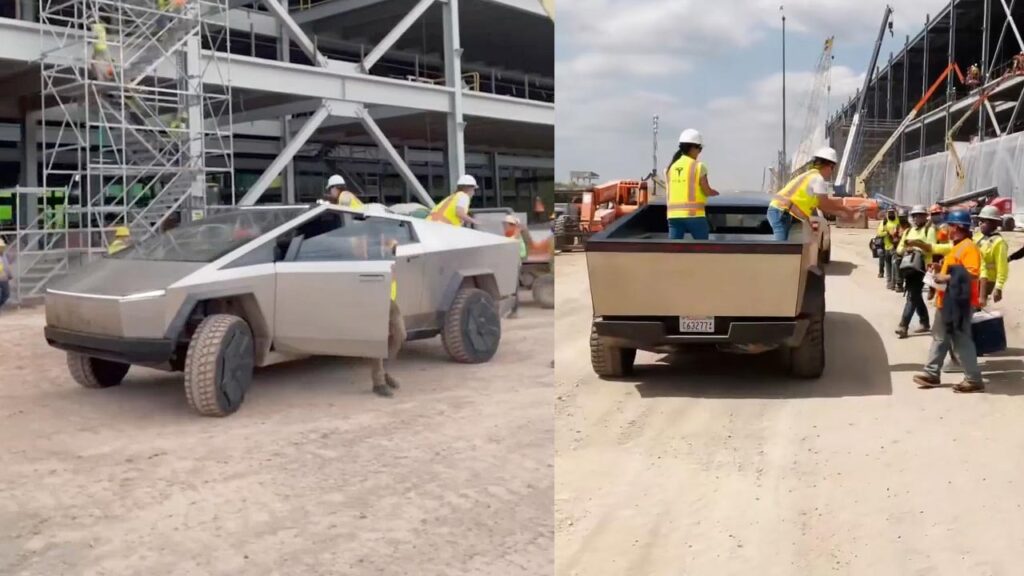
The advanced Autopilot system and various drive modes (e.g., Overland, Baja, Wade Mode) provide additional convenience and safety for work-related driving. These features could potentially reduce driver fatigue on long hauls and improve overall productivity. However, the Cybertruck’s limited range when towing heavy loads may be a concern for some work applications, particularly those requiring long-distance travel. The high initial cost and potential need for a range extender could also impact its practicality for some businesses.
Off-Roading
While not optimized for extreme off-roading, the Cybertruck offers several features that make it a capable off-road vehicle. Its locking differentials and adjustable ride height allow it to handle various terrains, including rocky and sandy surfaces. The approach, breakover, and departure angles are competitive for a pickup truck, though they may not match those of dedicated off-road vehicles.
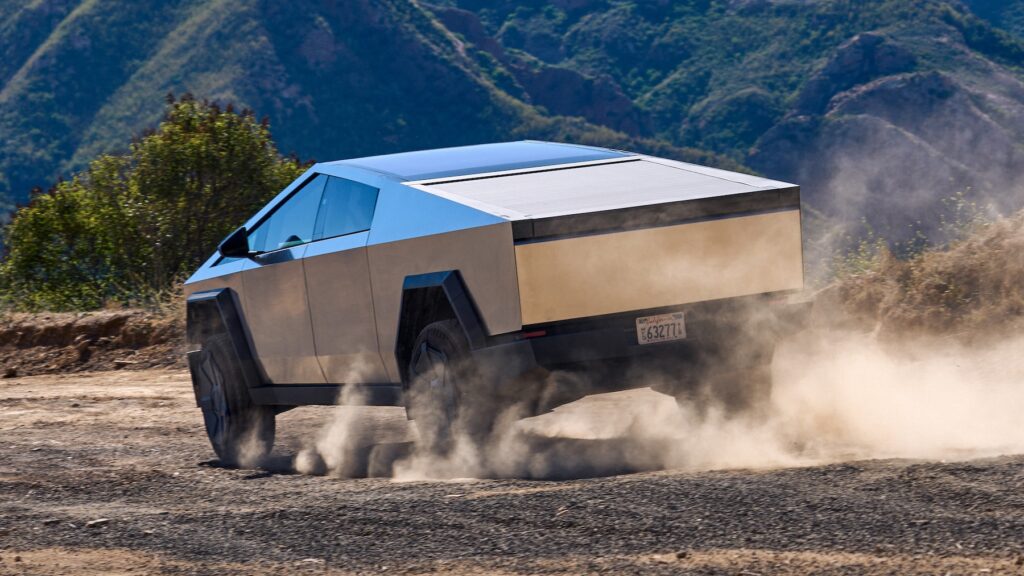
The Cybertruck’s torquay electric motors provide good traction and power for navigating rough terrain. However, its large size and weight may limit its maneuverability in tight off-road situations compared to smaller, purpose-built off-road vehicles.
Everyday Driving
For everyday use, the Cybertruck offers a comfortable and spacious interior with a focus on technology and safety features. The advanced Autopilot system and various safety features make it a safe choice for daily commutes. Its range of up to 500 miles (though real-world testing has shown lower figures) and fast charging capabilities make it suitable for long-distance travel.
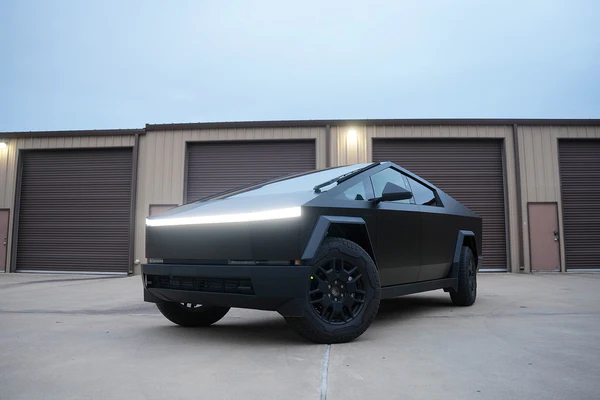
The Cybertruck’s large touchscreen display and advanced infotainment system enhance its appeal as a daily driver. However, its unconventional design and large size may pose challenges in urban environments, particularly when it comes to parking and navigating narrow streets.
Limitations and Challenges
- Range and Charging: Real-world testing has shown lower range figures than advertised, which could be a concern for long-distance travel or heavy-duty applications.
- Off-Road Geometry: The Cybertruck’s long wheelbase and rear overhang may limit its capabilities in extreme off-road situations.
- Cost and Practicality: The high price point and potential need for range extenders may make it less practical for some users.
- Size and Maneuverability: Its large size could pose challenges in urban environments and tight off-road trails.
Conclusion
Is the Cybertruck worth it? The answer largely depends on individual needs and priorities.
For those who prioritize cutting-edge technology, unique design, and high-performance metrics like acceleration and towing capacity, the Cybertruck could indeed be considered the ultimate electric pickup. Its innovative features and capabilities make it a standout choice for tech enthusiasts and those looking for a vehicle that pushes the boundaries of traditional pickup design.
However, for buyers prioritizing practicality, proven reliability, and more traditional pickup utility, other options might be more suitable. The Ford F-150 Lightning, for instance, offers a more conventional design with the backing of Ford’s long history in pickup manufacturing. It also provides features like vehicle-to-load capabilities that the Cybertruck doesn’t offer. The Rivian R1T, on the other hand, might be a better choice for those focused on off-road performance and adventure-oriented features.
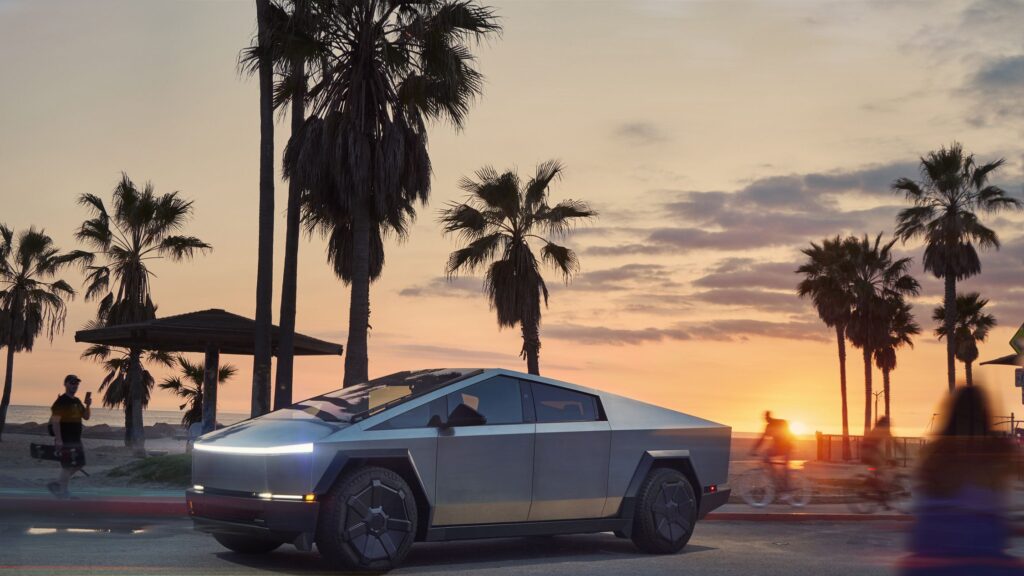
In conclusion, while the Cybertruck is an impressive and innovative vehicle that pushes the boundaries of pickup truck design, it may not be the ultimate choice for everyone. Prospective buyers should carefully consider their specific needs, preferences, and use cases when deciding between the Cybertruck and its competitors in the rapidly evolving electric pickup market.



